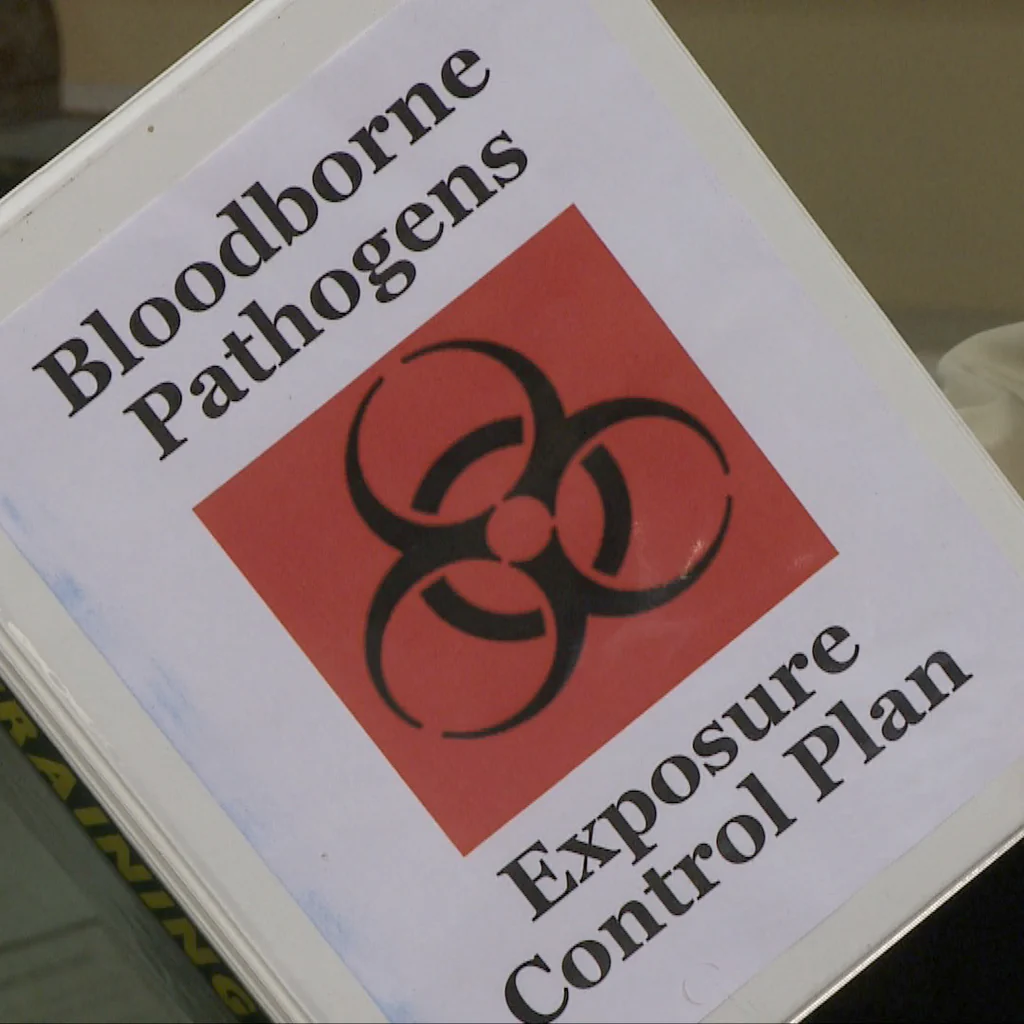Bloodborne pathogens certification is essential for maintaining workplace safety in environments where employees face a risk of exposure to infectious materials. Bloodborne pathogens are microorganisms in human blood that can cause diseases, including hepatitis B, hepatitis C, and HIV.
OSHA, or the Occupational Safety and Health Administration, plays a key role in regulating workplace exposure to these hazards through specific standards. These standards are crucial not only for employers who must comply with federal laws but also for employees who need protection while performing their jobs safely.
Understanding OSHA’s Bloodborne Pathogens Standard
OSHA’s Bloodborne Pathogens Standard, outlined in 29 CFR 1910.1030, sets mandatory rules to protect workers from health risks related to exposure to blood and other potentially infectious materials (OPIM). Bloodborne pathogens include viruses and bacteria transmitted through contact with human blood or bodily fluids.
The standard requires employers to implement universal precautions, which means treating all human blood and OPIM as if it is infectious. This precaution guards against accidental exposure, especially since infectious status may be undetermined. Employers must assess workplace hazards and provide proper personal protective equipment (PPE) and training without cost to employees. These measures are legally binding, ensuring workers have a safe environment free from occupational transmission of infections.
Who Must Get Bloodborne Pathogens Certification?

Workers who face potential exposure to bloodborne pathogens must receive this certification. OSHA identifies several job categories with occupational exposure risk, including:
- Healthcare workers (doctors, nurses, dentists)
- Laboratory personnel who handle blood or tissue samples
- First responders such as EMTs, firefighters, and police officers
- Janitorial and housekeeping staff responsible for cleaning contaminated areas
- Tattoo artists and piercing professionals
- Mortuary and funeral home workers
- Certain construction workers exposed to blood or bodily fluids
- Educators and school staff who may handle bodily fluids.
Certification is based on an exposure determination that assesses job tasks involving blood or OPIM contact. Even workers who sporadically encounter these materials must be trained. This ensures everyone knows how to minimize risks during their daily duties.
Training Content and Key Topics Covered
Bloodborne pathogens certification training covers several vital topics to protect workers and prevent disease transmission:
- Types of bloodborne pathogens and disease risks
- Methods of transmission, including needlestick injuries and contact with mucous membranes
- Engineering controls and work practice controls to reduce exposure
- Use of personal protective equipment (PPE), such as gloves and face shields
- Hygiene practices including handwashing and avoiding cross-contamination
- Proper disposal methods for sharps and contaminated waste
- Procedures to follow after an exposure incident, including medical evaluation.
Training should use clear language and practical examples tailored to the worker’s environment. This makes the material easier to understand, so employees retain knowledge critical to their safety.
Bloodborne Pathogen Certification Process and Training Requirements

OSHA requires initial training for workers before they start jobs with exposure risks. After that, annual refresher courses ensure employees stay updated on best practices. Training must be compliant with OSHA standards.
Courses are available in several formats, both online and in-person, to accommodate trainee needs. Online training offers flexibility and immediate certification upon successful completion of exams.
Typically, certification exams require a minimum passing score, and once completed, certification documents are issued to prove compliance.
Maintaining Compliance and Recertification
Staying compliant with OSHA standards is critical. Noncompliance can lead to heavy fines and increased workplace health risks. Retraining is necessary not only annually but also when work duties change or new risks arise.
Certification is valid for one year, this period is mandated in the OSHA BBP standard itself. After expiry you must renew by completing the training again. Keeping documentation organized helps track expiration dates and ensures no lapses in compliance.
Resources like Bloodborne pathogens training free PDF provide valuable reference tools to reinforce knowledge between certifications.
Recent OSHA Updates and Industry Trends for 2025

In 2025, OSHA has emphasized continuing education and improving training accessibility. Many organizations now offer self-paced online courses that fit modern work schedules without sacrificing content quality. This approach supports workers in different industries in staying informed and certified efficiently.
New best practices focus on improving exposure incident reporting, integrating updated PPE guidelines, and using technology for better training delivery. These updates help foster a culture of safety and responsiveness in workplaces handling bloodborne hazards.
Conclusion
Bloodborne pathogens certification is an essential part of workplace safety and legal compliance. Both employers and employees must take it seriously to reduce health risks and meet federal standards. Prioritizing certification and following OSHA updates protects you and your team from avoidable exposure to infectious materials.
Taking the time for proper training and certification enhances confidence and security in your work environment. By staying informed, you fulfill your responsibilities and contribute to a safer workplace for everyone involved.

